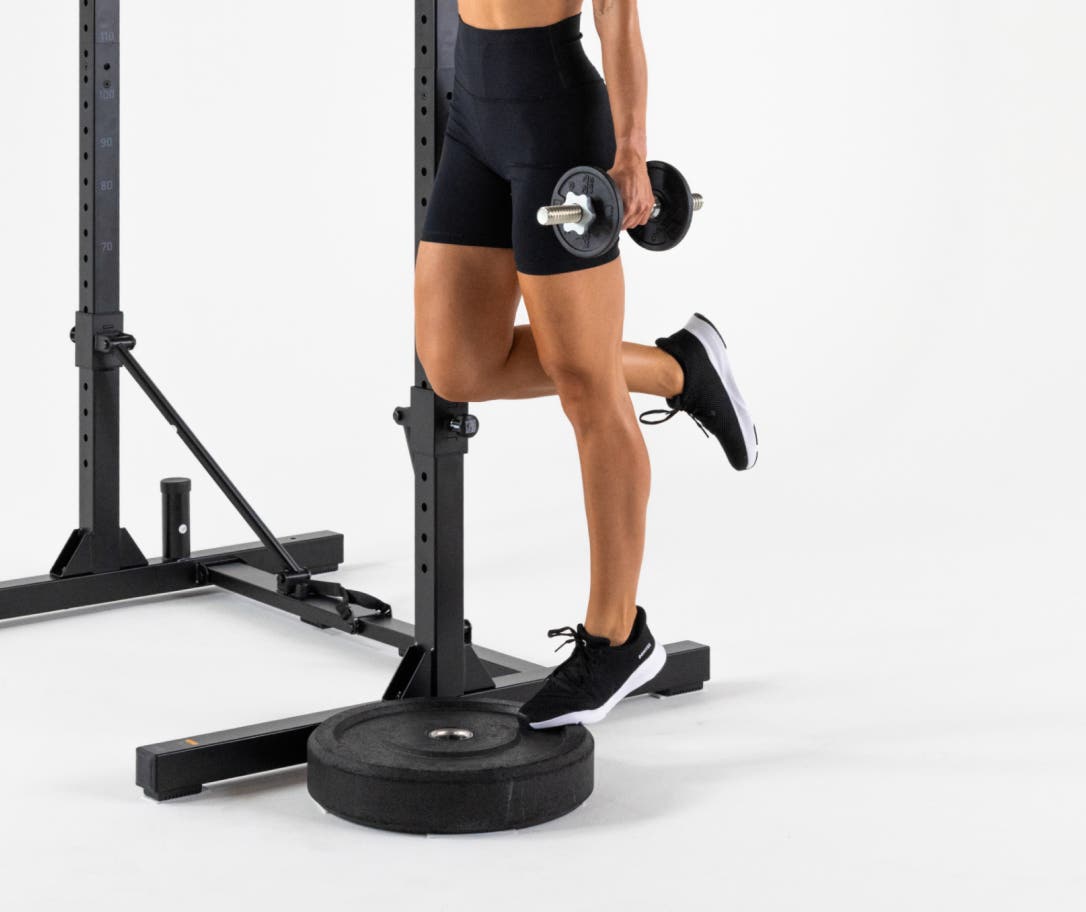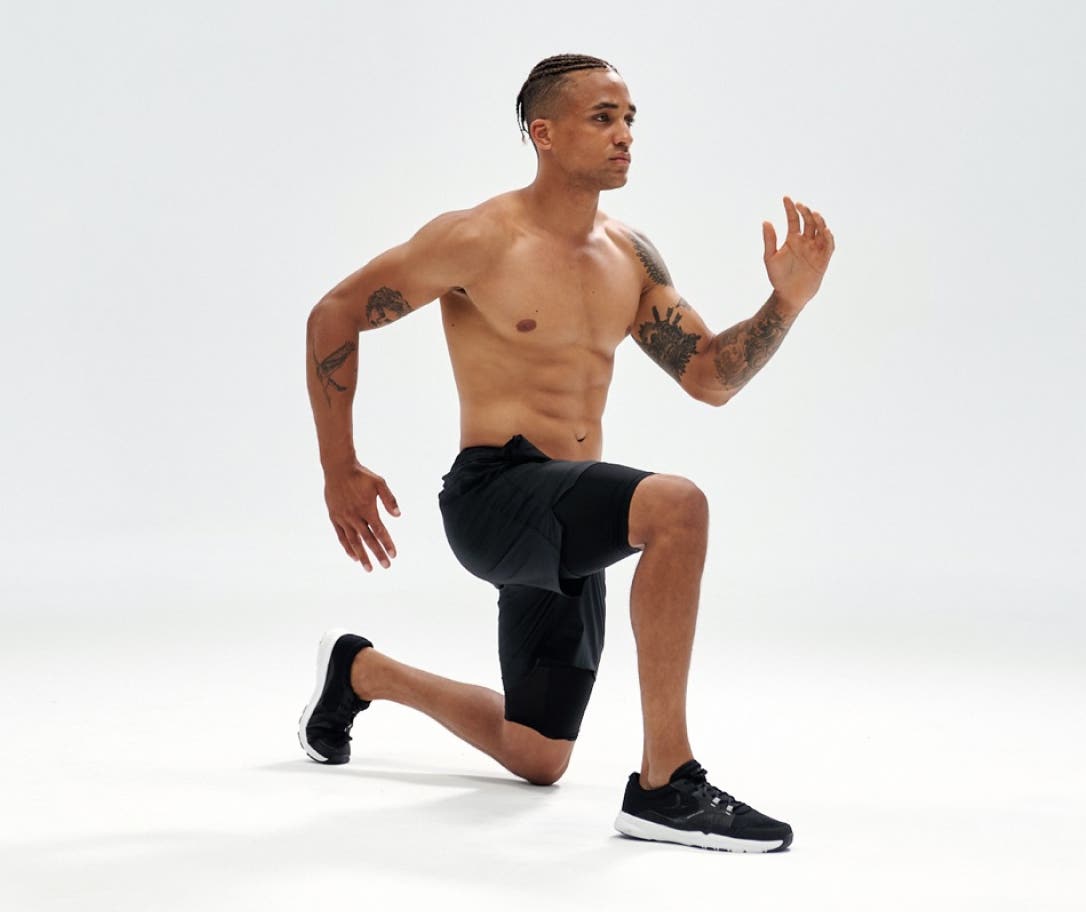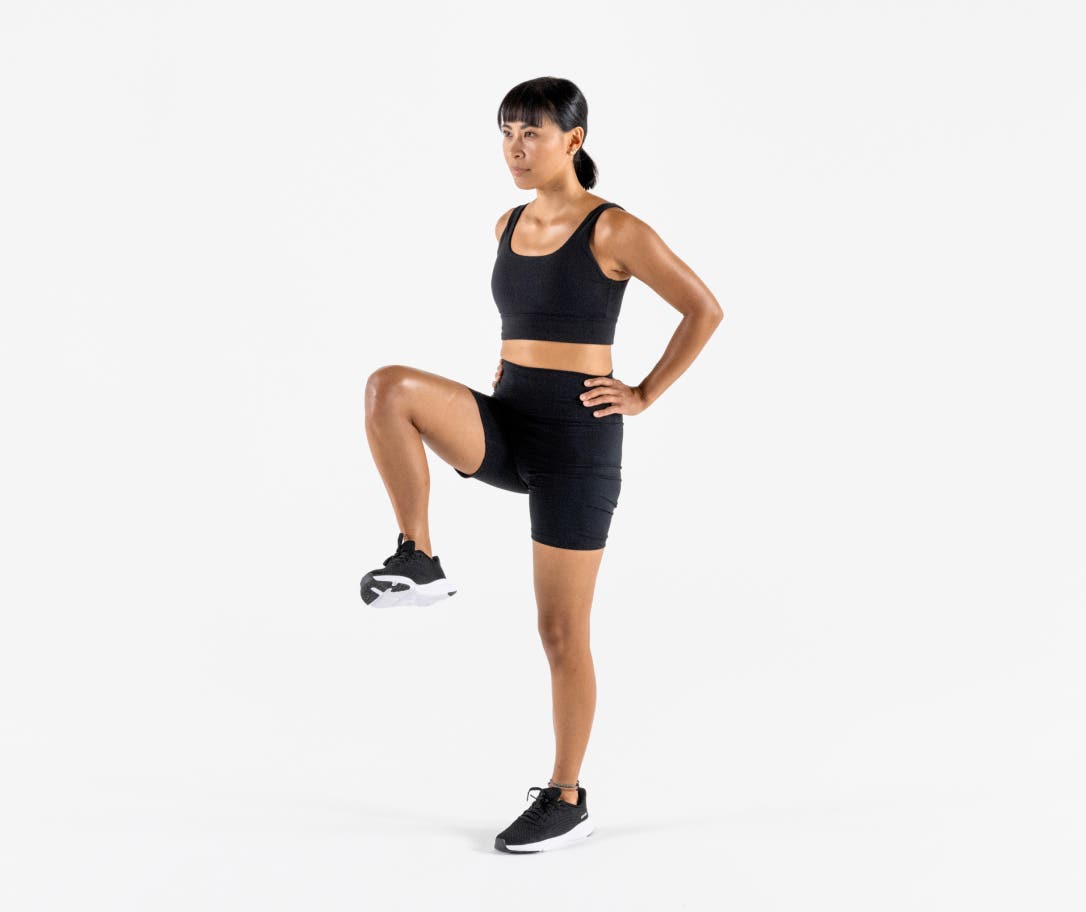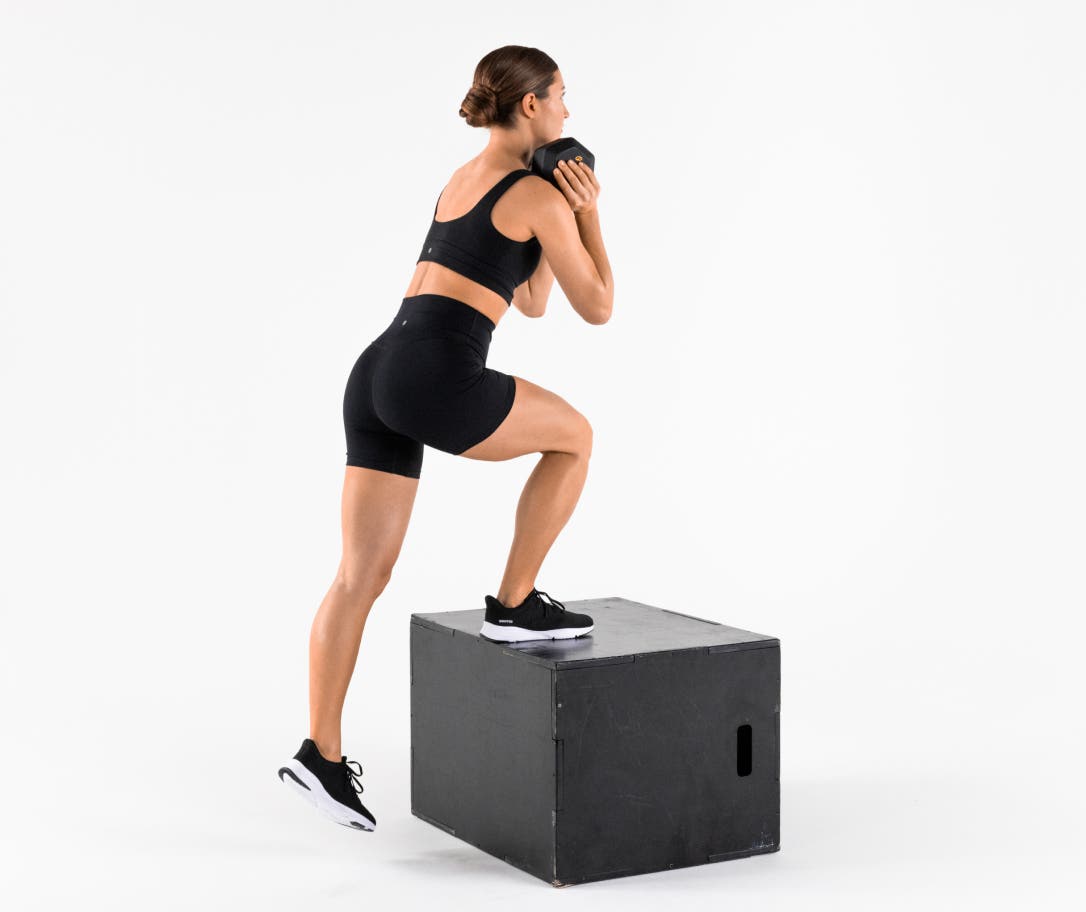The foot and ankle area has many bones, joints, ligaments, tendons, and muscles. These include large muscles like the calf muscles (gastrocnemius and soleus) and tibialis anterior. There are also smaller muscles in the foot that help stabilize the arch and support movement.
Together, they form the foundation for nearly every action you take – walking, running, jumping, or simply standing. Yet without regular, targeted exercise, these structures can weaken over time, leading to poor biomechanics, pain, instability, and long-term injury.
Fortunately, science shows that with the right combination of strength and mobility training along with smart lifestyle habits, you can build resilient feet and ankles that support your active lifestyle for years to come. Strong feet also play a key role in injury prevention.
Exercise
Maintaining strong, functional feet and ankles starts with targeted exercise. Simple ankle-strengthening exercises can make a big difference. Here’s how exercise promotes foot and ankle health:
1. Strengthens supportive muscles
Targeted resistance training can significantly improve ankle and foot stability. Muscles like the calves, tibialis anterior, intrinsic foot muscles, and even the glutes play a role in supporting the lower limbs.
Regular strength training, using your bodyweight, free weights, or types of resistance training, can:
- Improve arch support and foot and ankle stability
- Support plantar fasciitis prevention and Achilles tendon health
- Reduce the risk of sprains and falls, especially in aging adults
- Increase power and efficiency during athletic activities like running or jumping
Strengthening these muscle groups also helps offload stress from passive structures like ligaments and joints and promotes gradual tendon strengthening, making the entire foot-ankle complex more resilient. Try incorporating:
- Calf raises (straight-leg and bent-knee) to strengthen both the gastrocnemius and soleus.
- Tibialis anterior work, like toe raises or resisted dorsiflexion, to prevent shin splints and improve foot control.
- Foot-strengthening exercises, such as towel scrunches, toe spreading, and resistance-band exercises for the toes and arch.
- Glute strengthening, like clamshells and hip thrusts, improves overall lower limb alignment.
- Use full range of motion (ROM) in exercises to promote mobility and strength across the joint's entire movement capacity.
- Incorporate single-leg exercises (like single-leg Romanian Deadlifts or Box Step Ups) to challenge balance and enhance proprioception—the body's ability to sense its position in space.
These strategies not only build muscle strength but also condition the neuromuscular system for better joint stability.

2. Improves balance and proprioception
Proprioception is your body’s ability to sense position and movement in space. The ankle and foot are rich in mechanoreceptors that send feedback to the brain, helping you maintain balance during complex movements or on uneven surfaces.
Exercise – especially single-leg and balance training – stimulates these receptors and trains your nervous system to respond quickly to changes in position.
This is especially important if you’ve had a previous ankle sprain. Studies show that injury can disrupt proprioception and increase the risk of future sprains.
Targeted balance exercises, like balance boards or barefoot stability work, help restore this vital function. Improved proprioception also helps prevent injuries and supports foot and ankle stability.
3. Promotes joint resilience
Controlled, progressive loading through exercises like Calf Raises, Squats, and walking or running gradually strengthens the connective tissues in the foot and ankle. This includes:
- Tendons, which adapt by becoming stronger and more tolerant to heavier loads
- Ligaments around the ankle joint, which gain tensile strength over time
- Bones, including the ankle bone and metatarsal bones, which remodel in response to weight-bearing stress, improving density and structure
This process, called mechanical adaptation, helps the foot and ankle become more resilient to everyday stressors and reduces the likelihood of stress fractures or chronic joint pain.
4. Maintains range of motion and mobility
Exercise keeps the joints moving through their full, natural range, which prevents stiffness and compensatory movement patterns. For example:
- Tight Achilles tendons can reduce ankle dorsiflexion, affecting your gait and squat form
- Stiff toe joints can alter push-off mechanics, leading to inefficient walking or running
Dynamic movements, stretching, and full-ROM strength exercises help keep the foot and ankle mobile and functional.
5. Supports healthy circulation
Physical activity increases blood flow to the lower extremities, which is especially important for the small joints of the feet. Better circulation means improved delivery of oxygen and nutrients, faster removal of waste products, and more effective healing of tissues.
This is especially beneficial for individuals with conditions that affect blood flow, such as diabetes or peripheral artery disease, where poor circulation can delay healing and increase the risk of foot complications.
These small joints carry your full body weight and play a critical role in balance, walking, running, and jumping. Strengthening the muscles around them can reduce the risk of injury and improve performance.

How joints adapt to stress
Joints and tissues respond to mechanical loading through a process called mechanotransduction. When exposed to regular, controlled stress, this helps the foot and ankle tendons and ligaments:
- Increase collagen production in ligaments and tendons.
- Improve bone density, especially in weight-bearing regions like the heel and metatarsal bones.
- Enhance joint lubrication via increased synovial fluid production.
However, adaptation takes time. Returning to activity too quickly, like running too soon after a break, can outpace the tissues’ ability to remodel, leading to pain or injury.
Warmup
Proper warmups prepare your ankle and foot muscles and tendons for activity, reducing the risk of strains or sprains. A good warmup should increase blood flow and improve the elasticity of soft tissues.
Try this simple sequence before workouts:
- Ankle Circles: 10 reps each direction per foot to lubricate the joint.
- Calf Raises: 2 sets of 10 to activate the posterior chain.
- Light Hops or Skips: 30 seconds to gently load the Achilles and arch of the foot. Land softly on the balls of your feet.
These movements enhance neuromuscular readiness and help prevent sudden loading injuries, especially to the Achilles tendon and plantar fascia.

Mobility and flexibility
Healthy ankles require both mobility (joint movement) and flexibility (muscle/tendon length). Tight tissues can lead to compensation patterns that affect gait, balance, and injury risk.
Focus areas:
- Calves and Achilles tendon: Tightness here can reduce ankle dorsiflexion, impacting squat depth and stride mechanics. Add stretching exercises like Calf Stretches or heel drop exercises.
- Plantar fascia: This thick band under the foot can become stiff, especially in people who stand or walk a lot. Use a golf ball or small roller to self-massage the arch for 1–2 minutes per foot.1
Include dynamic mobility work before exercise and static stretching post-workout for long-term flexibility gains. Regular mobility training improves functional movement and may reduce chronic issues like plantar fasciitis or Achilles tendinopathy.2
Run responsibly
Running is a high-impact activity that requires progressive adaptation. A sudden return to running after a break of more than two weeks can overload unconditioned tissues.3
To reduce injury risk:
- Start slow: Begin with a walk-run approach if returning from time off.
- Follow the 10% rule: Don’t increase weekly mileage by more than 10%.
- Include cross-training (e.g., biking or swimming) to maintain fitness without constant foot impact.
- Monitor your body: Any persistent pain, especially in the heel, shin, or arch, may signal early overuse.
Being mindful about running load gives your joints time to adapt and prevents common foot and ankle injuries.
Lifestyle
Beyond exercise, daily habits play a major role in ankle and foot health. Your lifestyle can either support or undermine your training efforts.
Here’s what helps:
1. Regular movement
- Sitting too long reduces circulation and stiffens joints.
- Short walks, standing breaks, or simple foot movements (like toe curls) throughout the day promote joint health and nutrient delivery to tissues.
2. Footwear
- Shoes should fit well and offer enough room for the big toe in the toe box.
- Walk or train in barefoot-style or in minimalist shoes (when appropriate) to engage intrinsic foot muscles and improve foot muscle strength, balance, and ground feel.
- Rotate shoe types and start slow – transitioning too quickly can lead to calf or arch strain.
- Overly cushioned shoes may reduce ground feel and proprioception feedback in some people.
- Avoid: High heels (shift weight forward and strain the arch.)
3. Weight management and nutrition
Carrying extra body weight increases stress on the plantar fascia, Achilles tendon, and ankle joints. Even moderate weight loss has been shown to improve joint function and reduce pain in weight-bearing areas.
Prioritize a well-balanced diet rich in nutrients that support bone and connective tissue health:
- Calcium and vitamin D for bone health.
- Vitamin C and amino acids to support collagen production, helping tissue repair and tendon resilience.
- Omega-3s to reduce inflammation and improve recovery.
Stay well-hydrated as synovial fluid, which lubricates joints, relies on adequate water intake. Making these mindful daily choices can make a long-term difference in how your feet and ankles feel and function.

What to watch for
Awareness is key. Spotting early signs of imbalance or stress can prevent larger issues down the line. Watch for:
Muscle imbalances:
- Weak foot or glute muscles.
- Overly tight calves.
Ankle collapsing inward (overpronation):
- Can signal weakness or loss of arch support.
- May contribute to knee or hip problems.
Overuse injuries:
- Common injuries include stress fractures, plantar fasciitis, Achilles tendinopathy, or Achilles tendon ruptures.
- Often stem from training errors or poor recovery.
Previous ankle sprains:
- Old injuries can leave residual instability.
- Include balance and proprioceptive work to restore joint control.
Early intervention – through training, mobility, help from a physical therapist, or another professional assessment – can prevent chronic pain or recurring injuries.
Key takeaways
- Strengthen your lower legs with resistance training focused on the calves, foot muscles, tibialis anterior, and glutes.
- Use a full range of motion and include single-leg work to enhance stability and balance.
- Joints adapt to stress over time – apply progressive overload, but don’t rush.
- Warm up before activity with mobility-focused drills like ankle circles and calf raises.
- Improve flexibility and reduce tension with stretching and self-myofascial release, especially for the calves and plantar fascia.
- Run progressively, especially after breaks, and cross-train to reduce overuse.
- Choose proper footwear, move frequently throughout the day, and maintain a healthy weight to support long-term foot and ankle function.
- Pay attention to signs of imbalance, overuse, or instability and address them early.
Sources
[1] McKeon, P. O., & Hertel, J. (2008). Systematic review of postural control and lateral ankle instability, part I: Can deficits be detected with instrumented testing? Journal of Athletic Training, 43(3), 293–304.
[2] Rathleff, M. S., Molgaard, C. M., Fredberg, U., & Kaalund, S. (2015). High-load strength training improves outcomes in patients with plantar fasciitis: A randomized controlled trial with 12-month follow-up. Scandinavian Journal of Medicine & Science in Sports, 25(3), e292–e300.
[3] Hall, M. M., Chomistek, A. K., & King, R. F. (2016). Low back and lower extremity injuries in runners: A systematic review. Sports Health, 8(2), 157–163.